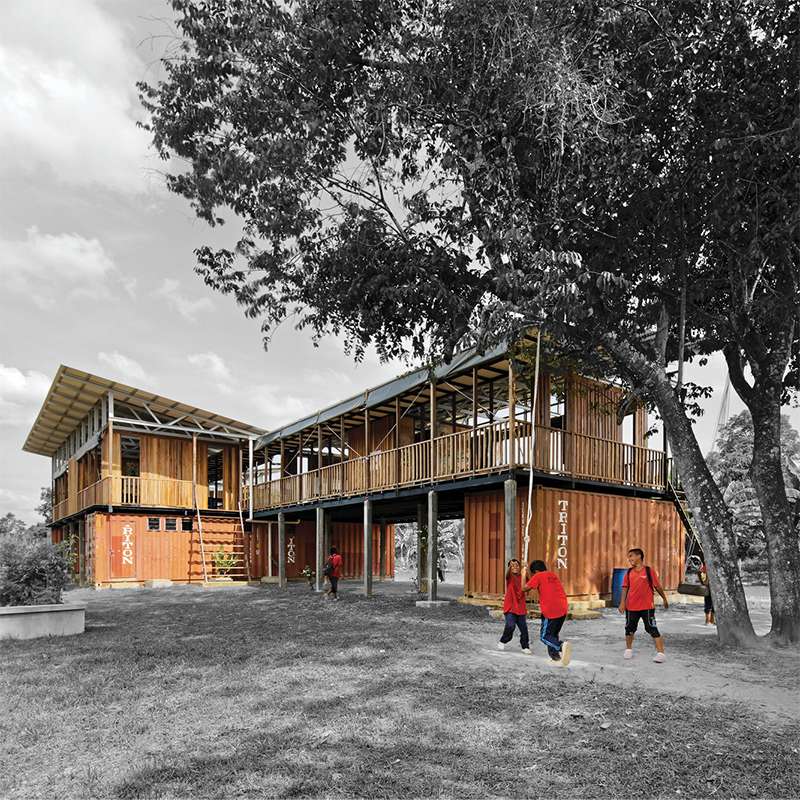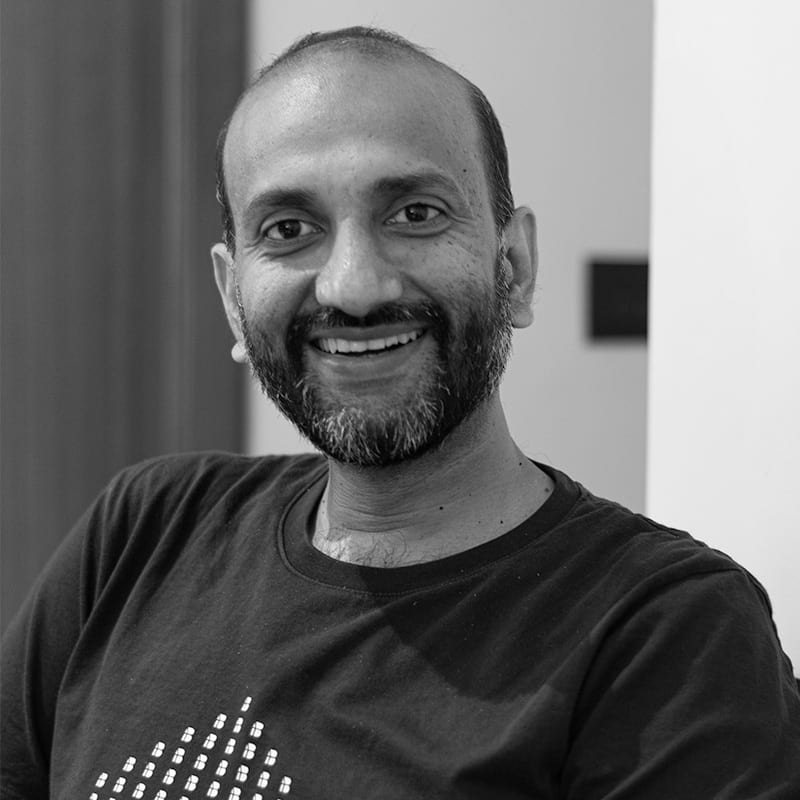Prasoon Kumar
June 5, 2020
He is an architect, TEDx speaker and social justice campaigner who is working towards eradicating homelessness. He has worked in a commercial design firm in Los Angeles before moving to Singapore where, in 2013, he co-founded billionBricks, a non-profit organisation that innovates shelters and creates opportunities for the homeless to emerge from poverty. Its first innovation, weatherHYDE, is a life-saving emergency shelter that has rehabilitated over 4,000 people, and won the Singapore President’s Design Award. Its latest innovation, powerHYDE, is the world’s first self-financing solar home for the homeless and paves the way to realise billionBricks’ vision of a world where no one is homeless.
NK: Let’s talk a little about the big transition in your life. Why did you leave corporate life and set up billionBricks?
PK: There were three stages of change that led to this. The first started when I was in university. Architecture education, for some reason, doesn’t view commercial architecture in a positive way. There’s a lot of critique of practices or architects whose work is purely commercial and does not speak of social or environmental change. There’s a huge gap between the kind of work you see in academia and what you see in real practice. Students struggle. I was one of them because I found that gap to be stark. I also found that it made the journey to becoming an architect much longer. After graduation, we had to undo some of the lessons learnt in school.

The second was my move from India to the United States, which opened up my eyes to developing countries versus developed countries. When I landed in the United States—the first time I’d been out of India—I was disappointed to see the gaps. I was struck by how people in the States had so much, but it was never enough. As time went by, I realised that the extreme polarities of wealth—lifestyles of the rich versus the struggling poor—are the same everywhere. Every country faces the same gaping inequality; there is no fairness. Systemic suppression is a global reality. And for a country like India, these gaps just keep increasing. If we don’t leapfrog, we’ll never be able to catch up with the developed world.
After graduation, I applied to UN-Habitat and other NGOs, but I could never land that kind of job. It was, however, easy to get commercial jobs that paid well. This was the third stage of change. As a practitioner, I would go to conferences, or write articles for magazines, where I would talk about my values but not 99.5 per cent of the work that I actually did. There was a huge disconnect between what I wanted to be, what I wanted to talk about, what I believed in, and what, in reality, I did.
These three stages led me to ask what could be changed. How could I bring my values into practice?
NK: How is billionBricks different from other organisations that engage in social design?
PK: One differentiator is the scale of work. At billionBricks, we focus on housing as a global problem.
Today, there are about a billion people without homes. This number will double by 2030. We ask if there are systemic solutions.
The social sector, oftentimes, doesn’t look at eradicating problems at this scale. It looks at solving them at the community scale.
The second, I think, is that many of these organisations do not know what they offer. Their core work, really, is volunteering. They raise money from corporations, institutions or individuals and sell an experience. A home for the poor is an outcome of that experience.
For us, the core product is the house, and it’s a house for the poorest of the poor. We look for systemwide change through innovative business models. That’s where we think that we can find solutions that can be scaled up.
NK: How successful have you been?
PK: Oh… I don’t think we’ve succeeded at all. The reason is that the problem that we’re trying to fix is too hard. The market doesn’t want to change quickly. It may change or evolve over a period of time, but you have to work hard within the market. The reason we are not successful—to the extent that I want us to be—is that we are fighting too many battles to change the market. And the market is not ready for it. That said, today, more than 5,000 people live in our homes or use our buildings; this means that we’ve made some headway, for sure.
NK: Have you found an audience? Has billionBricks made a dent in the system that you are working within?
PK: Our core belief is to never design poorly for the poor. The poor are our customers, never our beneficiaries. This changes our approach to innovation altogether—by eliminating charity, we design like any for-profit business would for paying consumers; we plan for a profitable business by backing our solutions with viable business models. That’s how we intend to drive massive scale and impact. In this journey, we have found a group of like-minded friends and audience who strongly support these beliefs—they’re very precious to us. I’m quite positive about our headway. We have survived for six years. We are evolving. We’ve been able to push ideas through the system. And we’re still around because of our tenacity and perseverance or, maybe, it’s just the system’s ability to accept us. People like the story of billionBricks, what it’s trying to do.
To read the complete article, get your hardcopy at our online shop/newsstands/major bookstores; subscribe to FuturArc or download the FuturArc App to read the issues!
Previously Published FuturArc Interview
Contact us at https://www.futurarc.com/contact-us for older interviews.


